Browse Our Books
You can browse our books easily with any of the following filters, hover over the filters or their titles to see their descriptions.
Reading Level
Categories
Or you can use quick search or switch to advanced search for better results...
New Spring Titles (109 series)
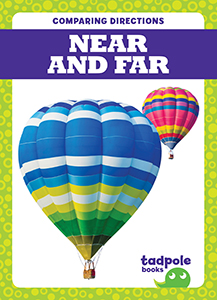
Comparing Directions (Tadpole Books) 
Differentiating opposites is fundamental for learning. Comparing Directions helps children visually recognize opposing directionals with fun themes and vibrant photos. Comparing Directions titles include tools for teachers and caregivers as well as introductory nonfiction features such as labels, a table of contents, words to know, and an index.

Construction Machines (Dash!) 
Books about cool construction machines are always picked up by readers. But these titles are written for readers who are getting a bit more comfortable with new words and harder, but still simple, sentence structures. This series will challenge beginning readers to take on more and help emerging readers move to the next level. This series is at a Level 2 and is written specifically for emerging readers.
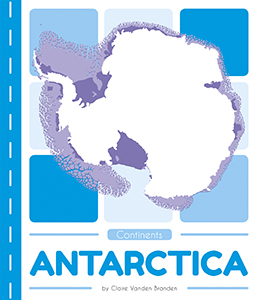
Continents 
This series introduces early readers to the seven continents of our world. Students learn about the climate, landforms, plants, animals, and people of each continent. Labelled maps and fun facts further young readers' learning.

Country Profiles 
Adventure abroad! This series takes young explorers on a world tour. Readers will stop at famous landmarks, meet new people groups, and experience unique customs and holidays. To further celebrate cultural diversity, these books teach how to speak foreign words, cook staple foods, and play traditional games.
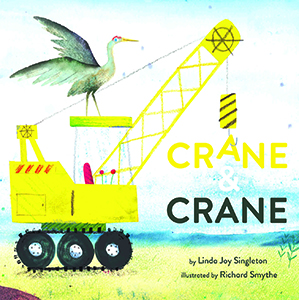
Crane and Crane 
A sandhill crane lifts a stick. A construction crane lifts a log. The two cranes grab, stretch, and stack, working through bad weather and difficult obstacles toward their end goal: building a home for a new family. Told in a simple sequence of verbs, this colorful picture book demonstrates how the mechanical world mirrors the natural world.
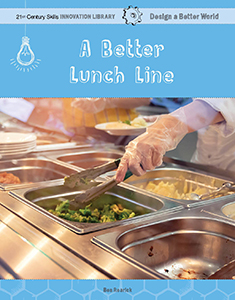
Design a Better World (21st Century Skills Innovation Library)
One new idea could make life easier for the whole world! Great inventors use a process called design thinking to help them identify problems, big and small, and create solutions for them. This series introduces readers to design thinking and teaches them how to look at problems and products in a specific way to figure out a solution or how to improve them. Design thinking fosters innovation, creativity, and even empathy--essential learning for students.
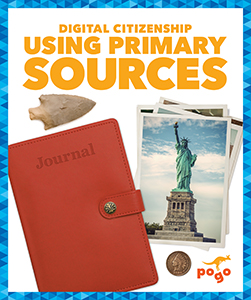
Digital Citizenship (Pogo Books) 
What's the difference between fact and opinion? How can we find accurate and unbiased information? How do we navigate and experience digital media? What steps do we need to take to stay safe online? Digital Citizenship answers these questions and more while addressing how an informed citizenship relies on the critical and responsible usage of media and information. Bright, colourful photographs complement the carefully levelled text to make reading easy and fun.
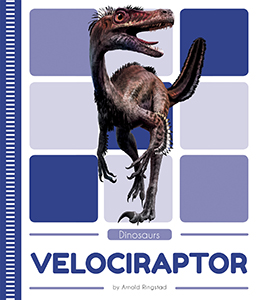
Dinosaurs 
From Stegosaurus to Tyrannosaurus rex, this series introduces early readers to some of natural history's most iconic dinosaurs. Students learn about each dinosaur's physical characteristics, behaviour, habitat, and fossil record. labelled diagrams of each dinosaur and fun facts further young readers' learning.
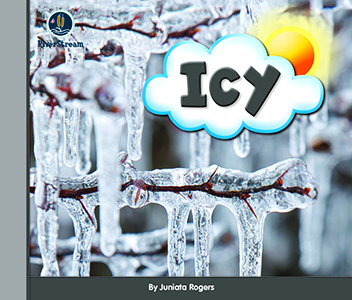
Eye on the Sky 
The world's ever-changing weather forms an important part of kids' lives. Our Eye on the Sky series offers young readers a first look at these natural phenomena through a combination of easy-to-read text and carefully selected photos. Phonetic glossary terms and sources for further information encourage kids to continue their investigations.
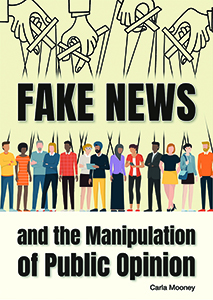
Fake News and the Manipulation of Public Opinion 
Fake news is not new but, thanks to the Internet and social media, it is spreading faster and farther than ever before. Fabricated stories are creating doubt and confusion and easing the way for the manipulation of public opinion. In some cases, web sites and news articles are designed to confuse people into thinking that they are looking at trusted sources and factual stories. In other cases, the label fake news serves as a tool for discrediting unflattering accounts or opposing points of view.